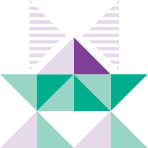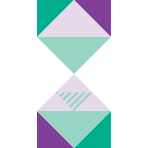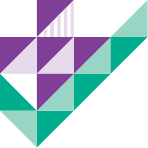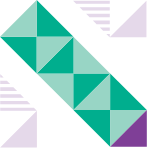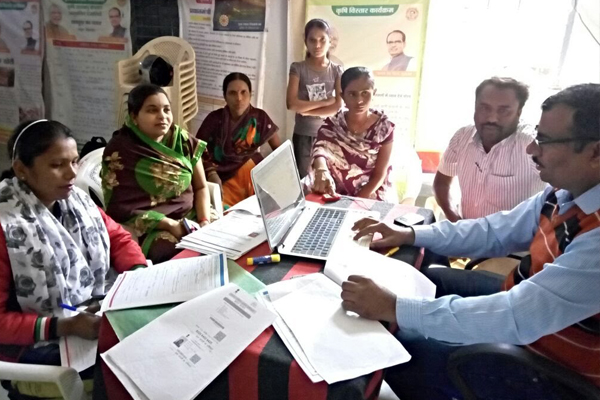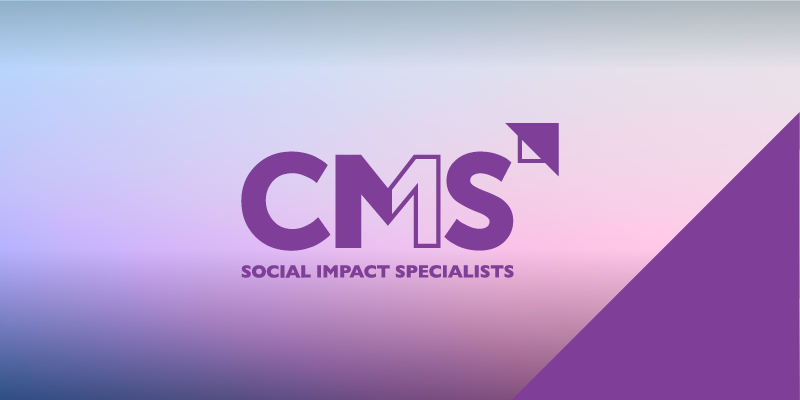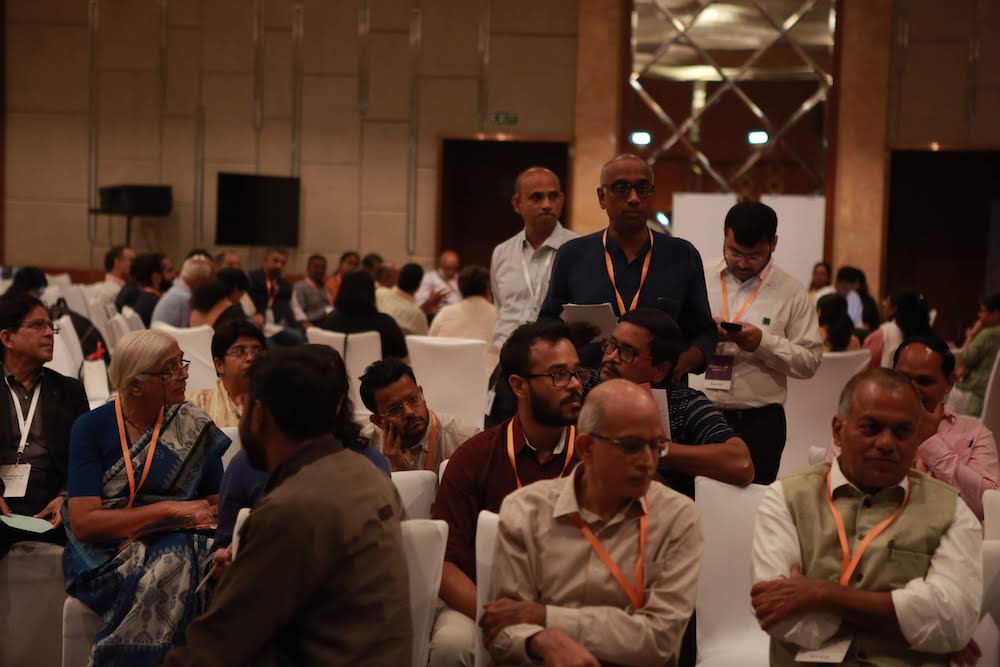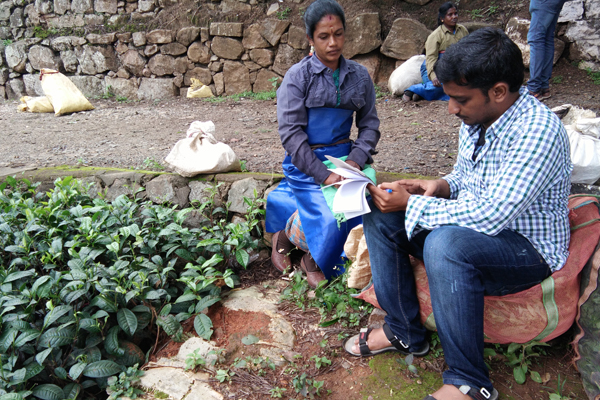We implement landscape, feasibility and needs assessments, all leading up to the design of development interventions. We believe design is a significant factor in the effectiveness, impact and sustainability of such interventions. We create designs using human-centred design and participatory approaches, incorporating learning from successful stakeholder interventions. We specialise in designing:
- Programmes and projects
- Models
- Social enterprises and social business
- Organisations
- Institutions and networks
We use established design and planning frameworks like Results Based Management (RBM) and our own proprietary frameworks. Our work includes:
- Theory of change
- Log frame
- Results assessment framework
- Strategic plan
- Business model
- Business plan
- Action plan
- Road map
- Costed plan
Redesigning midway during periods of crisis or unplanned change is also part of our design work.
Some key examples of our work in this area:
National Drug Control Master Plan (NDCMP) for Government of Nigeria and UNODC, involving 37 Ministries and Departments
Design of India’s HIV Programme for Global Fund – Rounds 7,8,9,10
Design of the 3-fold model for smallholder farmers – for a three-fold increase in their incomes
Design of invest for wellness (i4we) primary healthcare model
